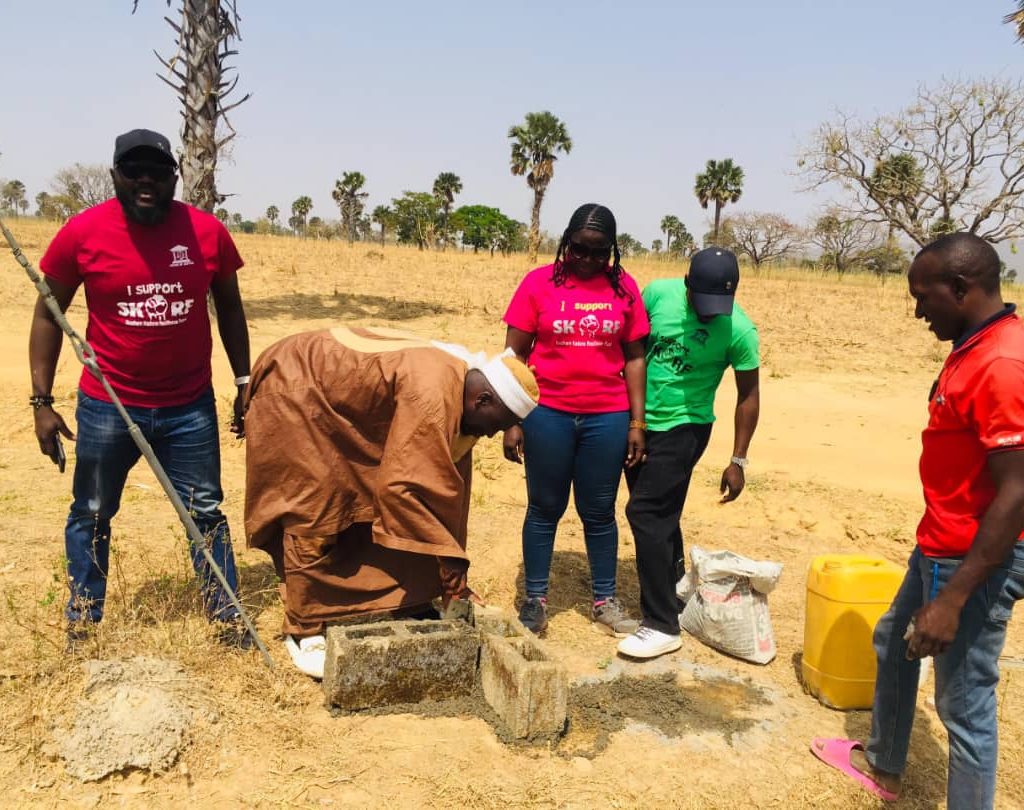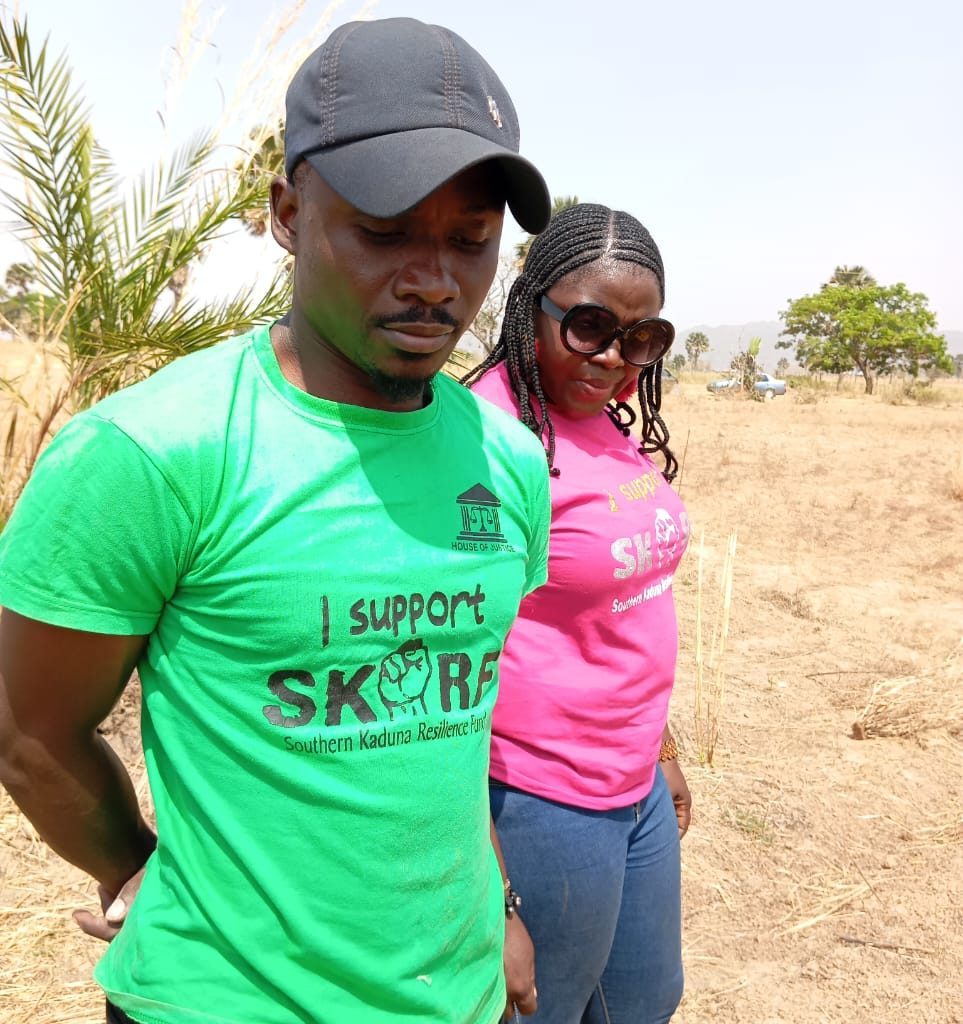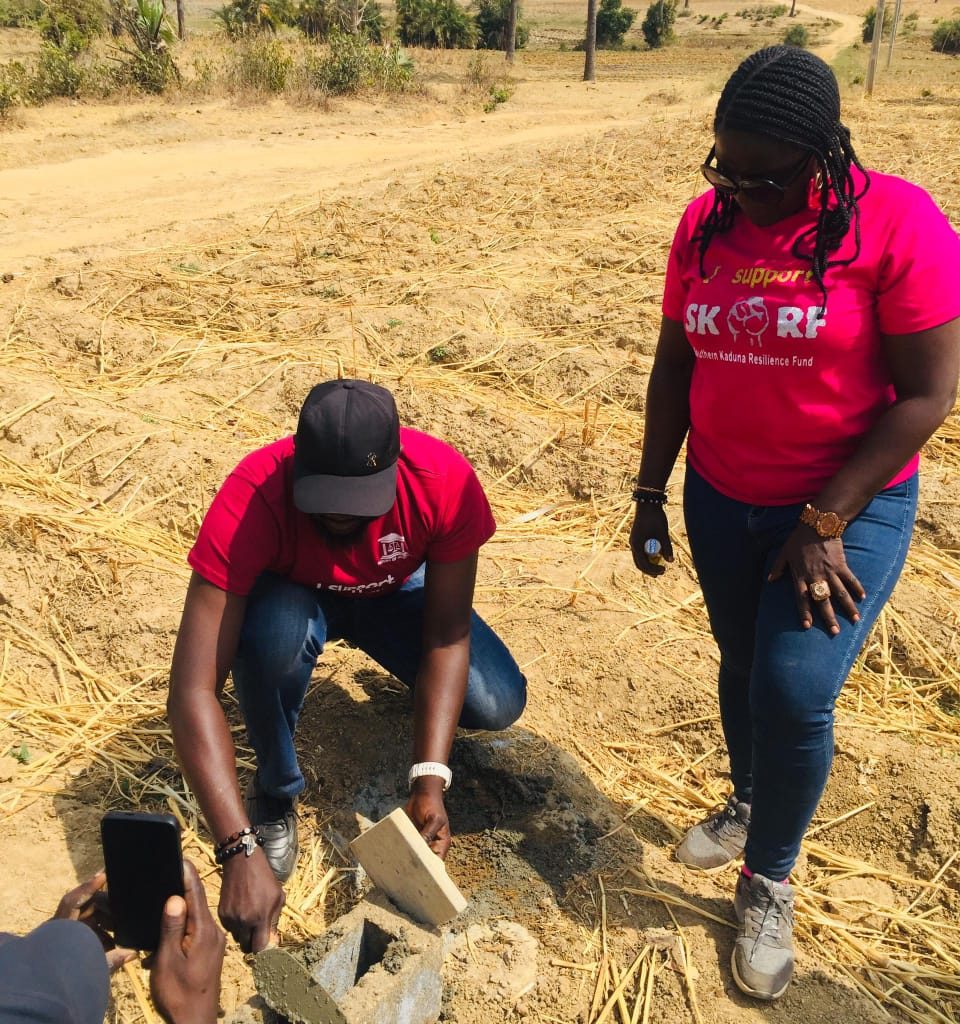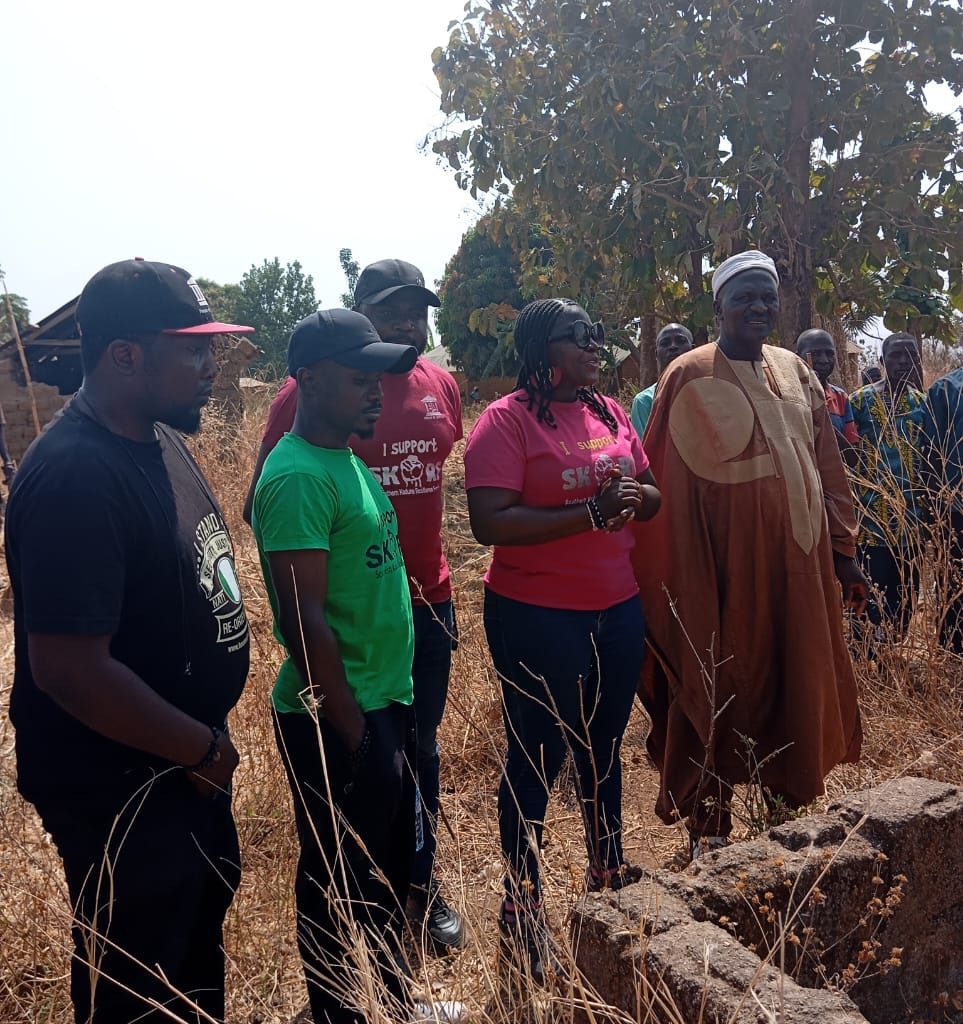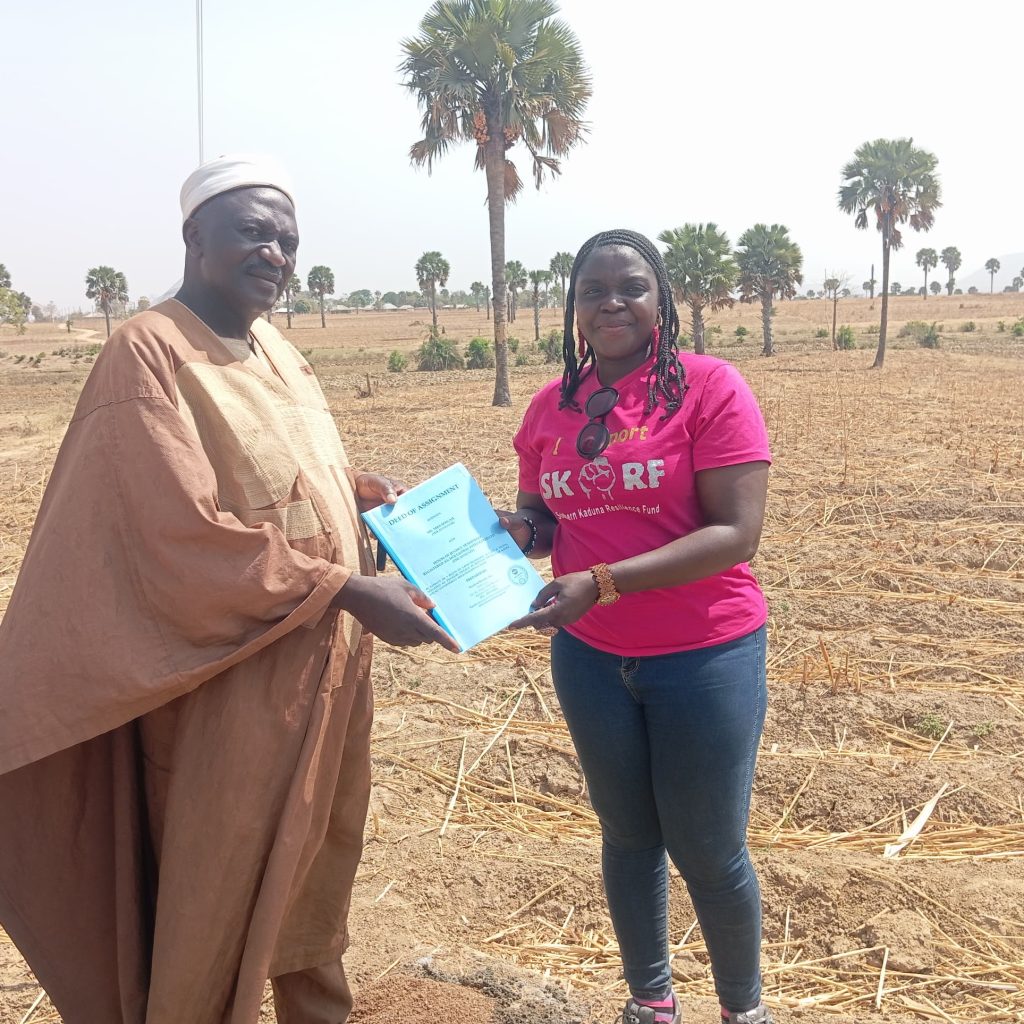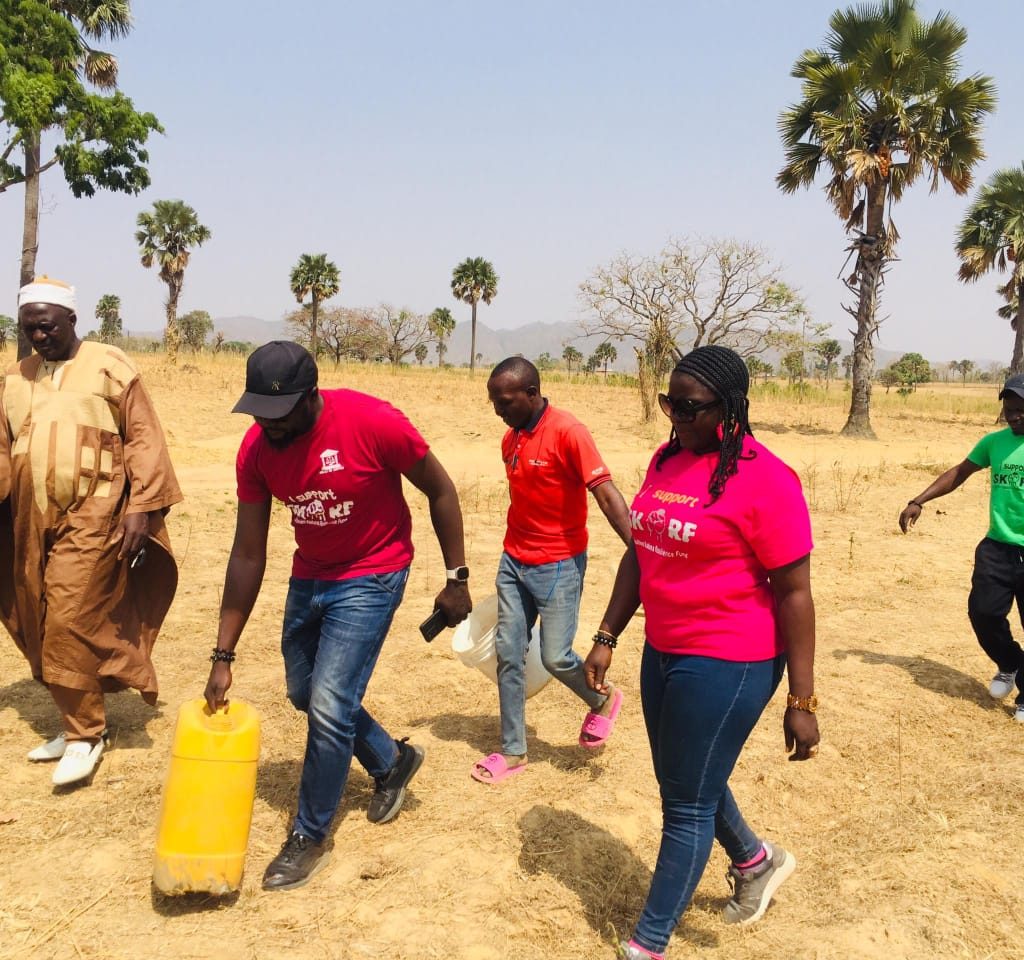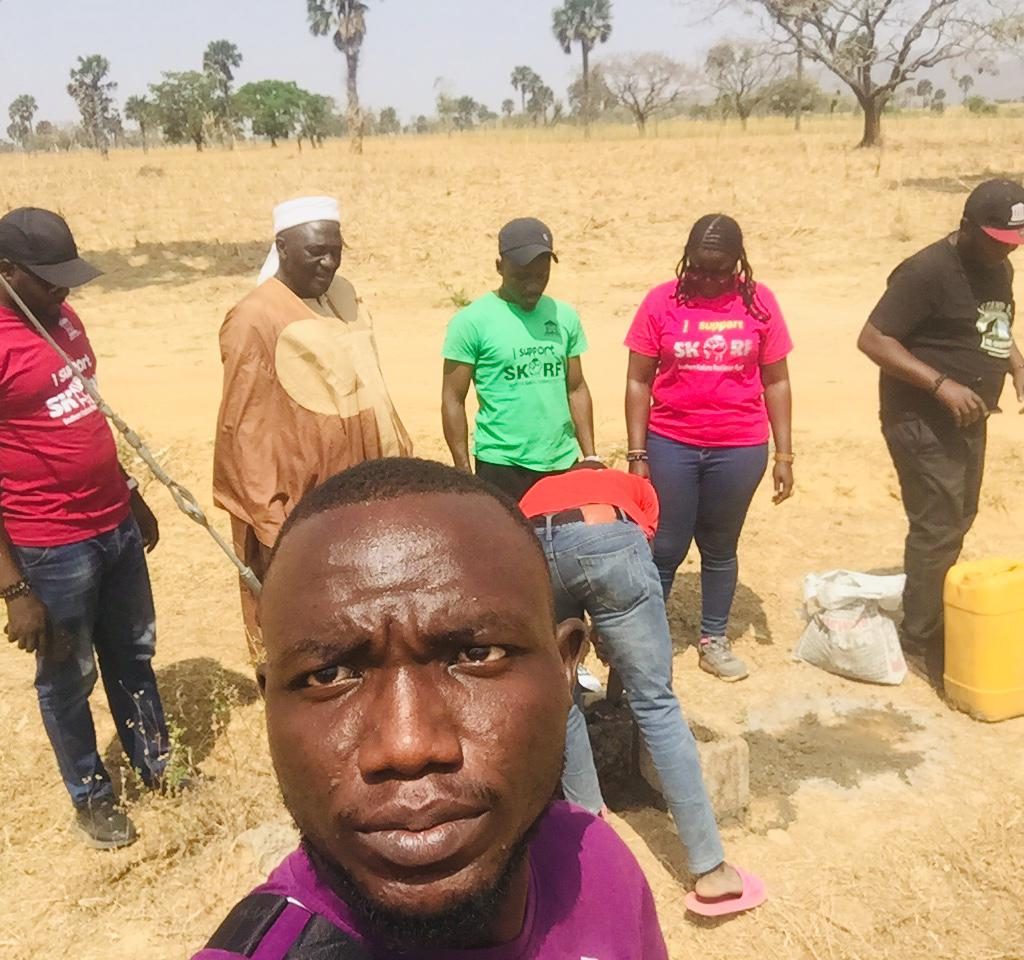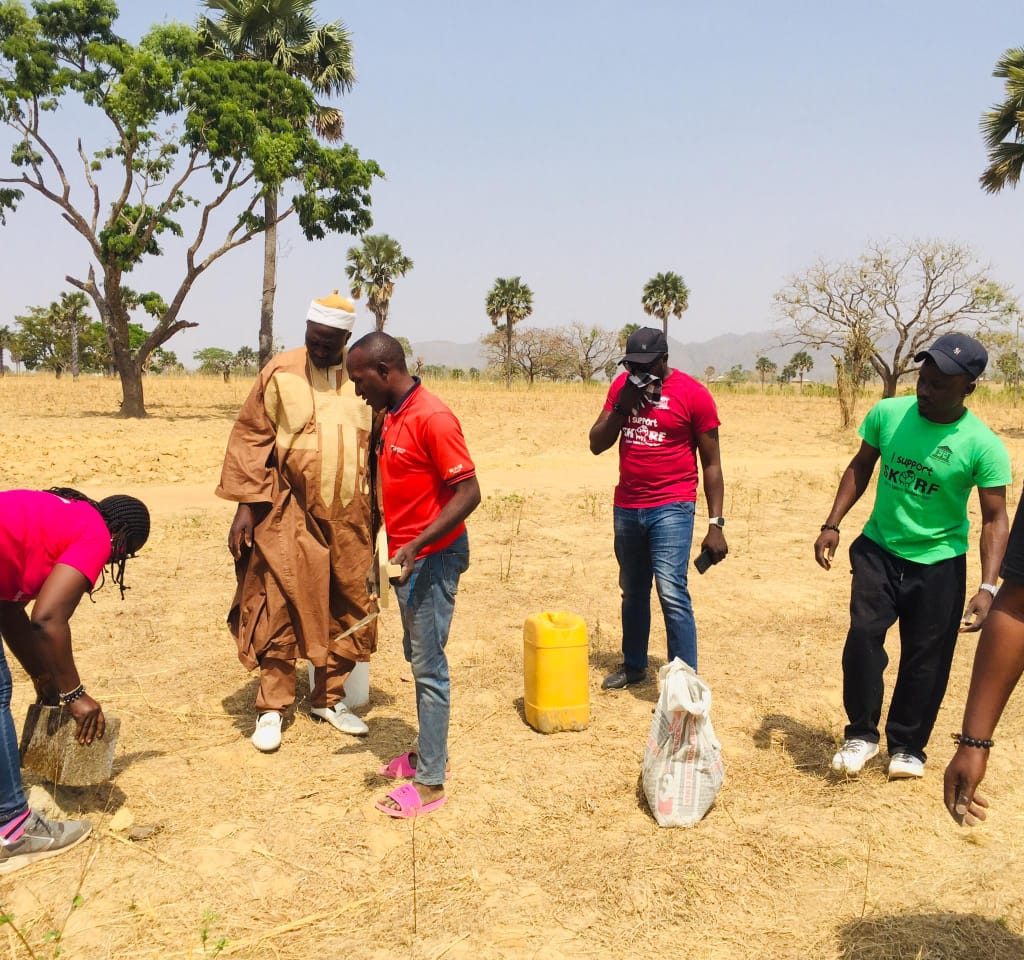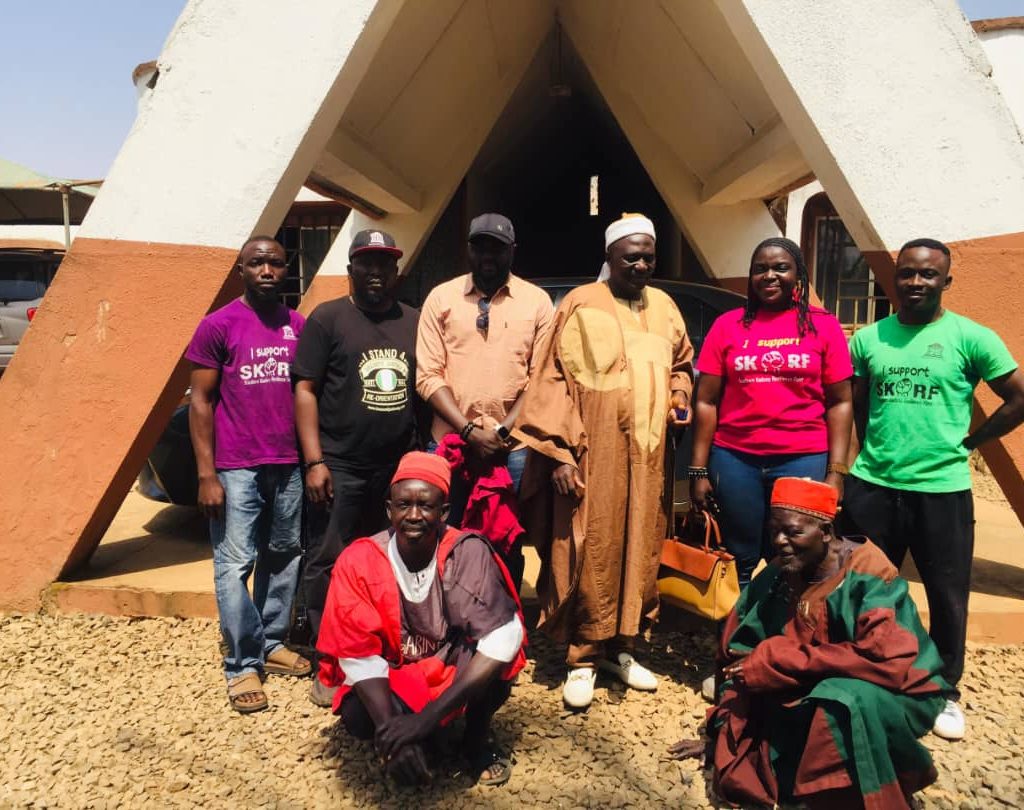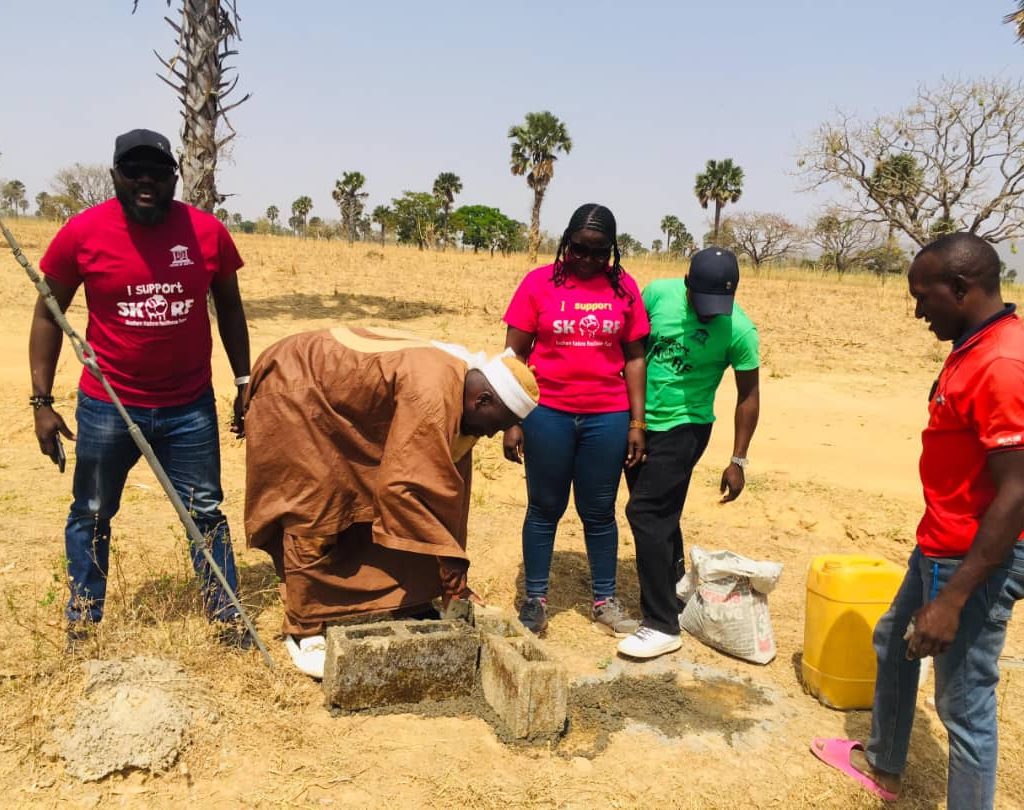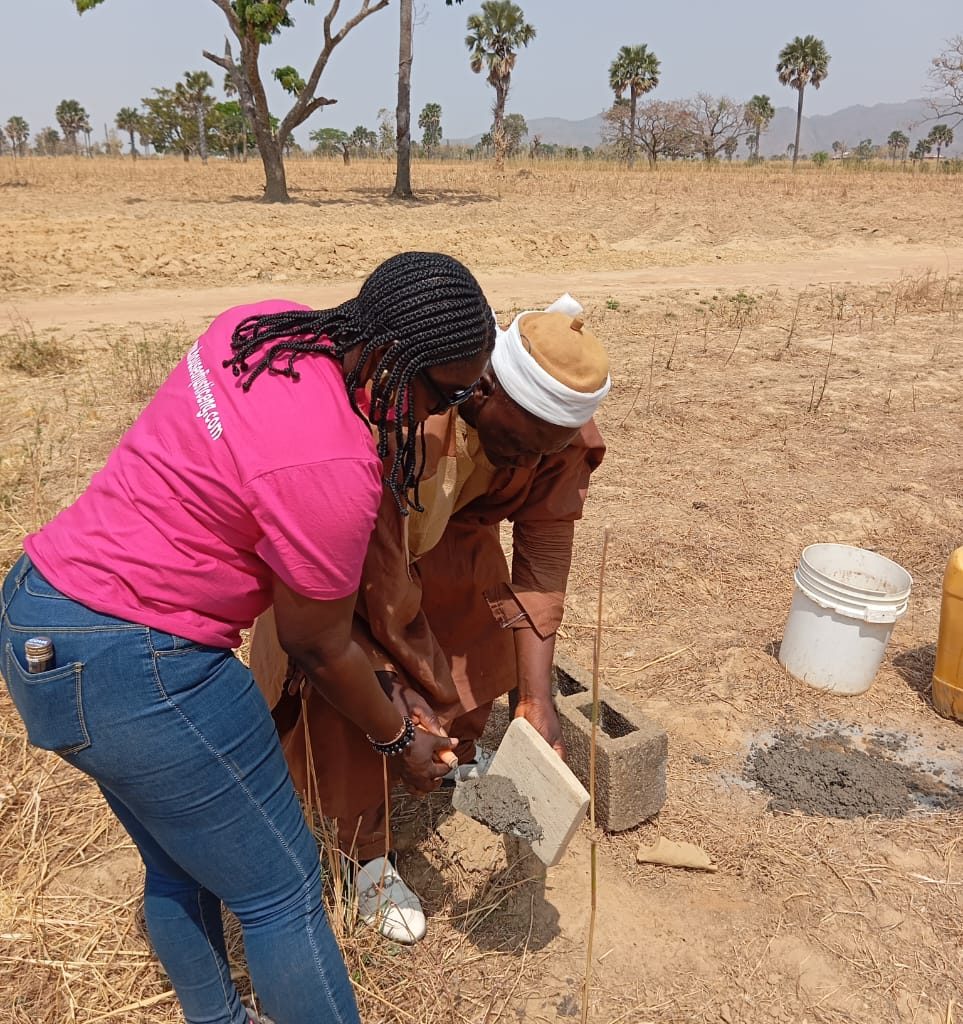The Night of Terror
March 13, 2014, remains a day etched in infamy for the people of Bondong District in Southern Kaduna, Nigeria. On that fateful night, four villages—Me-Sankwai, Me-Kakpang, Tyekum, and Me-Kura—were simultaneously attacked by armed militias suspected to be Fulani herdsmen. The assault, which began around 11 p.m., was brutal and unrelenting. Women, children, and even infants were mercilessly hacked to death in what would later be remembered as the Bondong Massacre.
Hours of Devastation.
The assault was methodical and brutal says the District Head of Bondong, Jonathan Mamman as he led a team of the Southern Kaduna Resilience Fund (SKARF) project to the communities. For hours, the villages were engulfed in violence as the militias moved with chilling precision, while residents desperately sought escape in the surrounding bushes, he said.
Despite being merely a 20-minute drive from Manchok town, no security intervention arrived to help the besieged communities. The attackers moved through the villages with devastating efficiency, setting fire to homes and churches, and claiming lives with shocking brutality. Women, children, and even infants were not spared; their lives ended in ways too gruesome to detail. The absence of security forces during these crucial hours remains a painful question that haunts survivors to this day.
Counting the Cost.
By the time dawn broke and the attackers had retreated, the scale of devastation became clear. Search parties recovered 147 bodies from the surrounding bushes, while over 200 houses and churches laid in smoldering ruins. The once vibrant community was reduced to ashes, its survivors left to grapple with unimaginable loss and trauma. The morning light revealed scenes that would forever be etched in the memories of those who survived – charred buildings, destroyed livelihoods, and the heavy task of burying their dead in mass graves that would later become silent testimonies to the tragedy.
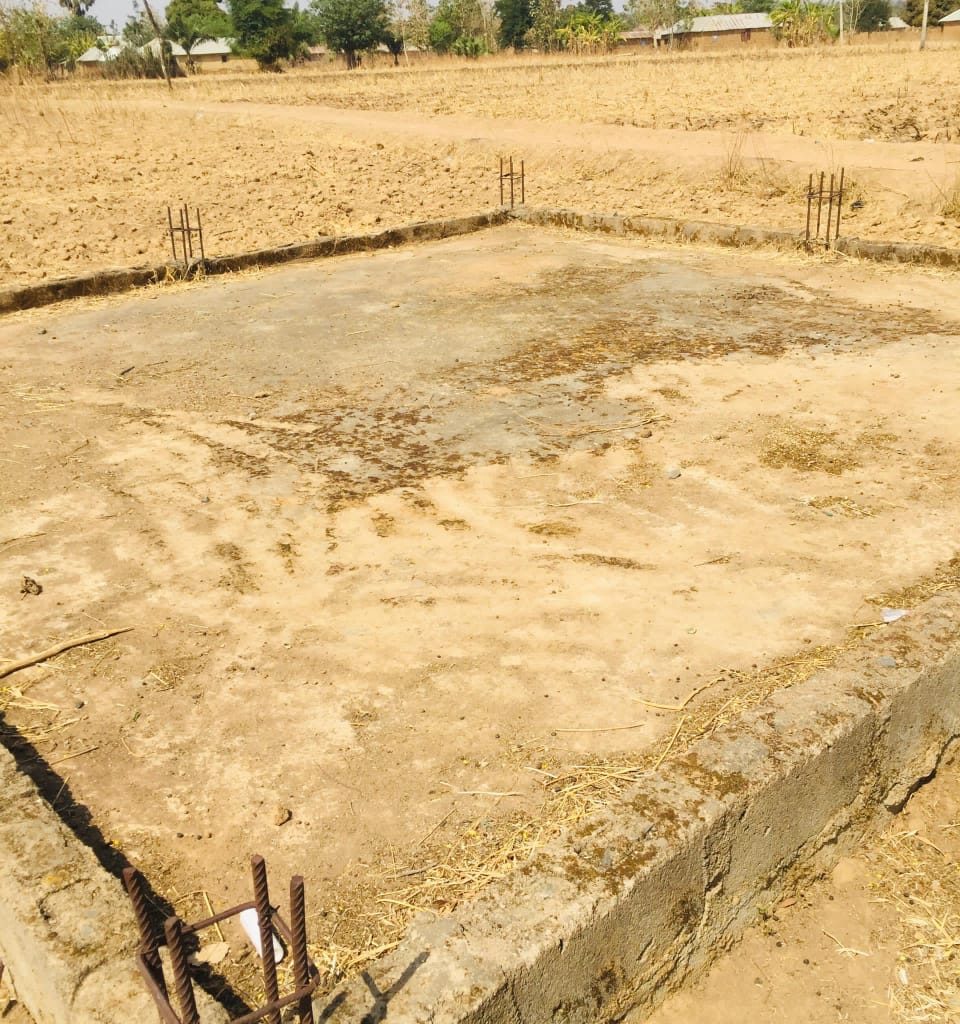
A mass grave holding over 50 victims of the massacre
A Decade of Silence.
For ten long years, Bondong’s tragedy seemed destined to become another forgotten chapter in Nigeria’s complex history of violence. The survivors received neither justice nor significant support for rebuilding their shattered lives. They were left to carry their grief alone, their story fading from national consciousness even as they struggled to rebuild. The community’s resilience was tested as they faced the challenge of reconstructing not just their homes, but their entire way of life, without any formal support or recognition of their suffering.
Hope Returns to Bondong
However, on February 6, 2025, hope finally returned to Bondong through an initiative that aims to transform tragedy into triumph. Gloria Mabeiam Ballason Esq, the pioneer of the Southern Kaduna Resilience Fund (SKARF) project and the C.E.O. of House of Justice Africa, led a delegation to the community for a profound purpose: laying the foundation for a memorial school to honor the massacre’s victims on a piece of land acquired by SKARF. This moment marked a turning point in Bondong’s story, bringing with it the first rays of hope many had seen in years.
Speaking at the ceremony, Ballason articulated a vision that transcends mere remembrance. “While it is a fact that the people of Bondong and many other communities in Southern Kaduna may have been knocked down by forces of evil, they must not stay down.It is time to build from the ruins and to rise from these painful ashes.Our generation must never allow evil to have the last word and our children must rise like the sun in its full strength,” she declared. Her dream, she explained, is to see Bondong’s children rise to become global citizens through the power of education. The memorial school represents a beacon of hope, the rebuilding of dignity, and a statement that education can triumph over violence.
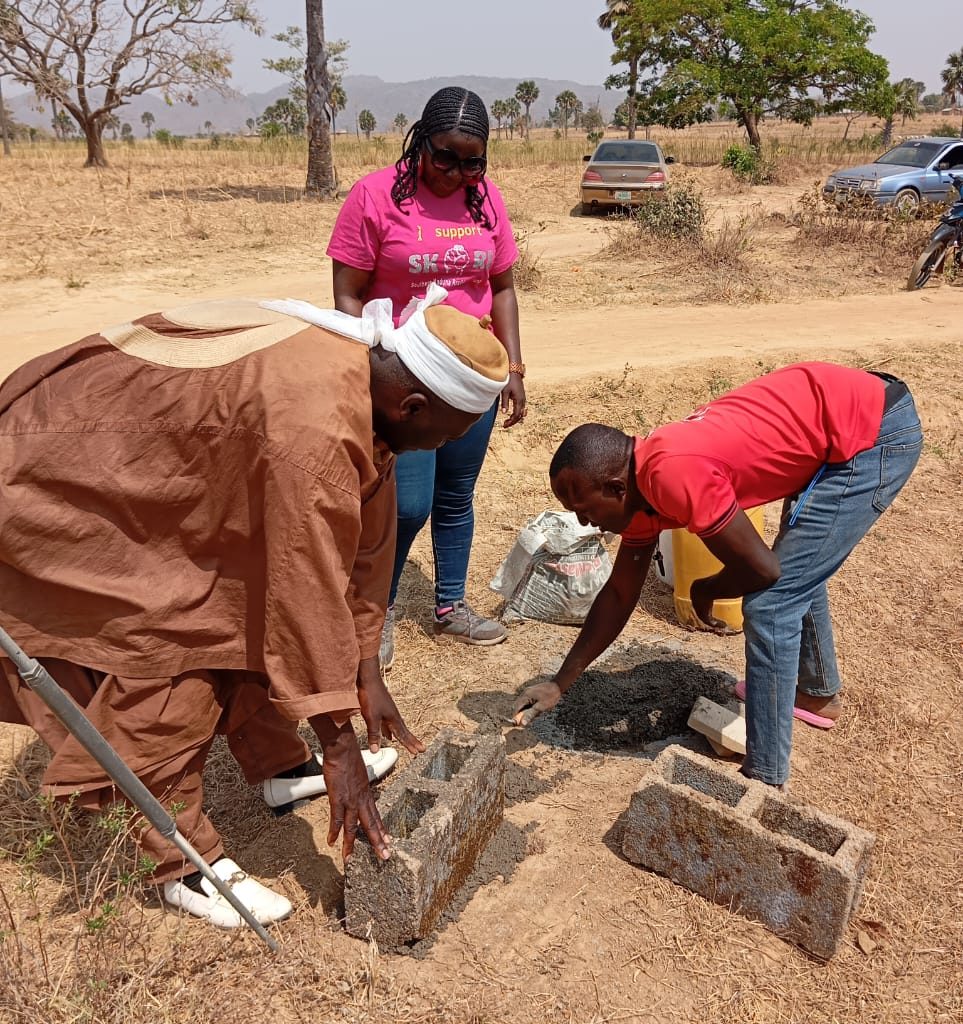
The District Head of Bondon, Jonathan Mamman and The Pioneer of SKARF & CEO of House of Justice, Gloria Ballason Esq laying the foundation block for the school
Community Response and Recognition.
The significance of this moment was not lost on the local leadership. District head Mr. Jonathan Mamman described SKARF’s gesture as a remarkable act of remembrance, expressing profound gratitude that Bondong was being remembered in such a meaningful way a decade after its darkest hour. The ceremony included a solemn visit to the mass graves where the massacre’s victims lie buried, a powerful reminder of why this project carries such emotional weight.
SKARF’s Broader Mission
SKARF’s involvement in Bondong is part of a larger mission that began in 2020. The organization was founded with the specific purpose of restoring hope and rebuilding dignity to communities devastated by attacks in Southern Kaduna. Their track record includes the successful launch of their inaugural IDP-SKARF school in Gonin Gora community, Chikun local government area of Kaduna state, tailoring, barbing shops and salons and several academic camps in the same year of their founding. This latest project in Bondong represents a continuation of their commitment to rebuilding and empowering affected communities.
Persistent Vulnerability
A decade after the massacre, Bondong District continues to face significant security challenges that mirror those that enabled the 2014 tragedy. Despite its strategic location bordering Plateau State and its history of violent attacks, the district remains without any permanent security presence. District Head Jonathan Mamman expressed deep concern about this ongoing vulnerability, noting that the same communities targeted in the March 2014 massacre – Me-Sankwai, Me-Kakpang, Tyekum, and Me-Kura – remain exposed to potential threats.
The absence of security infrastructure in Bondong District represents a continuing failure of governance that leaves its residents in a perpetual state of uncertainty. The communities’ proximity to the Plateau State border adds another layer of complexity to their security challenges, as the area has historically been susceptible to cross-border incidents. This security vacuum forces residents to maintain constant vigilance, even as they attempt to rebuild their lives and communities.
Living with Fear
For the people of Bondong, the lack of security presence serves as a daily reminder of their abandonment by state authorities. The communities have had to develop informal security arrangements and early warning systems, but these grassroots efforts can only do so much in the face of well-armed threats. The psychological impact of living under such conditions, especially for survivors of the 2014 massacre, adds another layer of burden to their already challenging journey of recovery.
A New Chapter Begins
As construction begins on the memorial school, Bondong stands as a testament to the resilience of the human spirit. Through education and remembrance, the community is weaving a new narrative—one that honors the past while paving the way for a brighter future. The school will serve as both a monument to those lost and a springboard for future generations. As Gloria Mabeiam Ballason aptly put it, “From the ashes of tragedy, a legacy of hope and learning will rise.”
Bondong’s journey is far from over, but with each brick laid and each child educated, the community takes another step toward healing. Their story is a powerful reminder that even in the face of unimaginable loss, hope can emerge, and resilience can prevail.
Photo Gallery from the event
